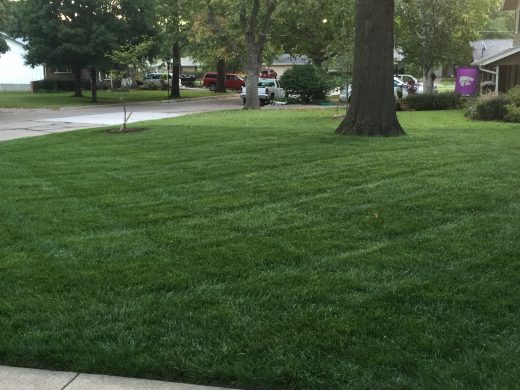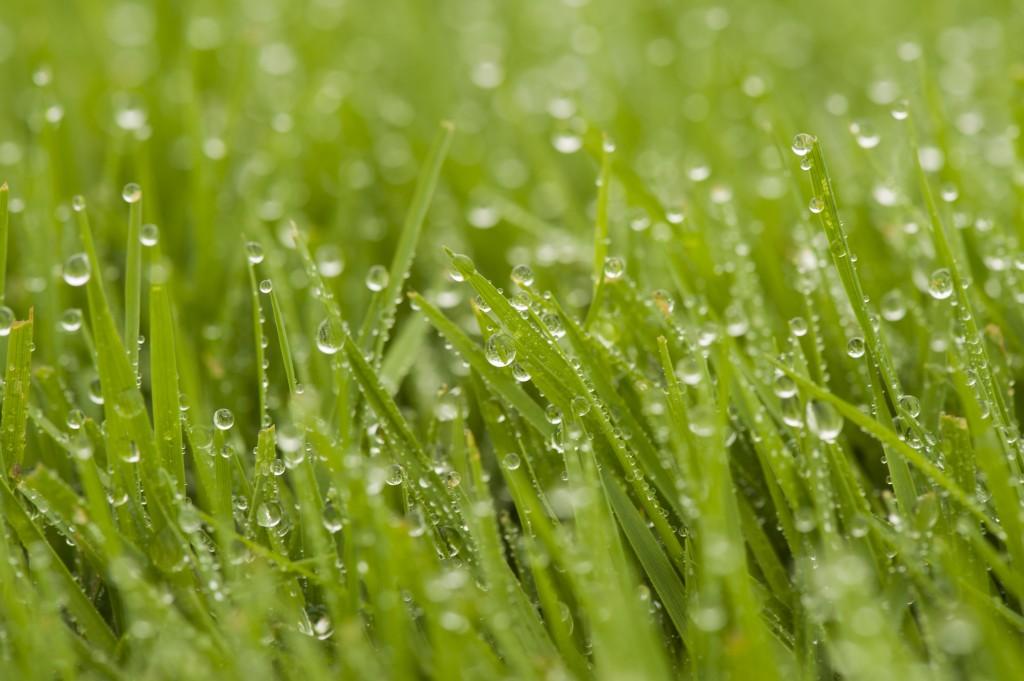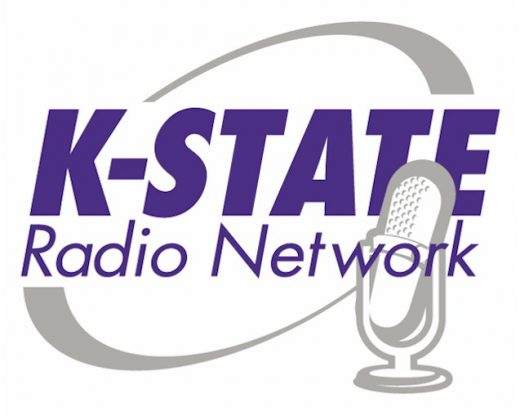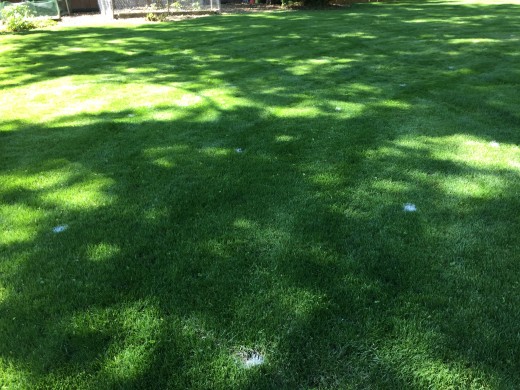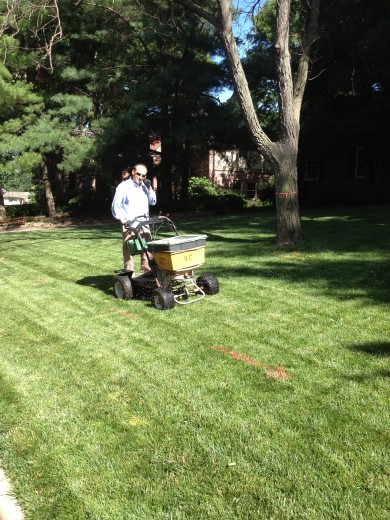(By Jared Hoyle, KSU Turfgrass Research and Extension)
Earlier this year I wrote two blog posts that listed out both a cool- and warm-season lawn calendar for homeowners. If you are anything like me then I have already forgot what I was suppose to do so sometimes it is good to have a reminder.
Cool-season Lawn Calendar Reminder
June through Mid-July
Apply second round of crabgrass preventer by June 15 – unless you have used Dimension (dithiopyr) or Barricade (prodiamine) for the April application. These two products normally provide season-long control with a single application. Remember to water it in. If grubs have been a problem in the past, apply a product containing imidacloprid during the first half of July. This works to prevent grub damage. It must be watered in before it becomes active.

Warm-season Lawn Calendar Reminder
May – August 15
Fertilize with 1 lb. of nitrogen per 1,000 square feet per application. Follow the recommendations on the bag. More applications will give a deeper green color, but will increase mowing and may lead to thatch buildup with zoysiagrass. Bermudagrass can also have problems with thatch buildup but thatch is less likely with Bermuda than zoysia. Bermudagrass – Use two to four applications. Zoysiagrass – Use one to two applications. Too much nitrogen leads to thatch buildup.
One Application: Apply in June.
Two Applications: Apply May and July.
Three Applications: Apply May, June, and early August.
Four Applications: Apply May, June, July, and early August.
Remember to look and see if you are using a quick release nitrogen source or a slow release nitrogen source. If you use a quick release source then it is immediately available but only lasts a couple weeks. Thats why you would have to make a couple of applications like it is listed above. If you are going to use a slow release source it will tell you on the bag how long the product will last. Therefore, you might not have to make as many applications.
So generally you want to use a total of 2 to 4lb. of nitrogen per 1,000 square feet per year for bermudagrass and 1 to 2 lb. of nitrogen per 1,000 square feet per year for zoysiagrass.
Buffalograss – Fertilize with 1 lb. of nitrogen per 1,000 square feet during June. More applications will give a deeper green color. If it is felt that a second application is needed, apply in July. Do not exceed more than 2 lbs of nitrogen per 1,000 square feet per YEAR for a home lawn.
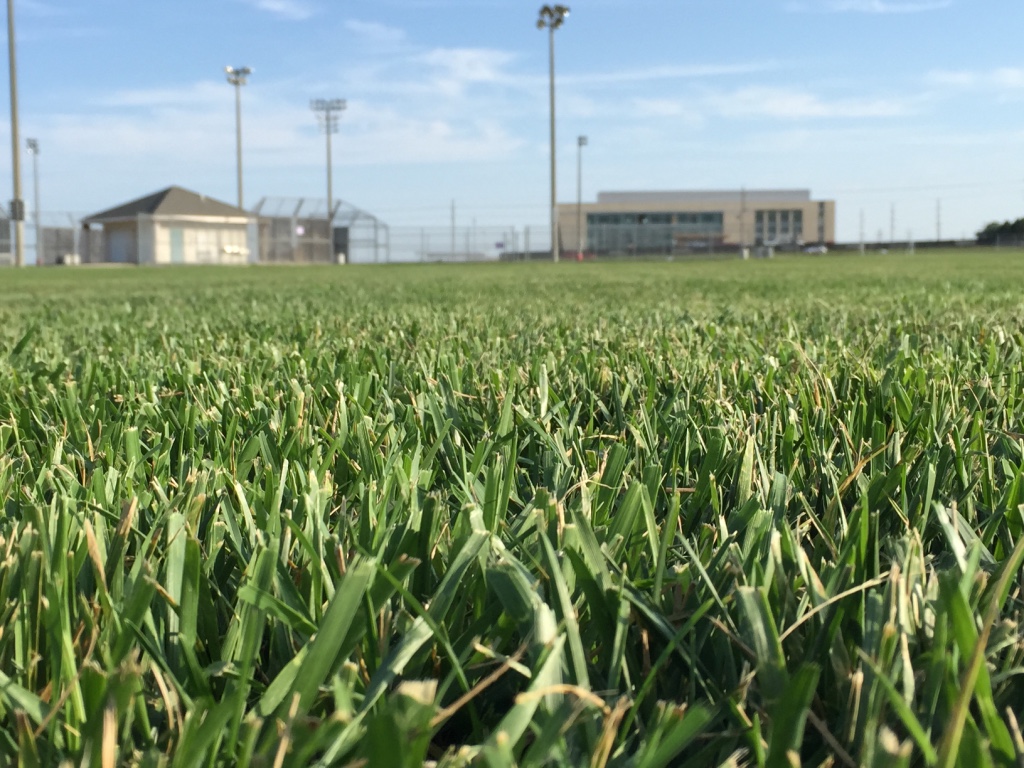
June
If grubs have been a problem in the past, apply a product containing imidacloprid by mid July. Imidacloprid can be applied as early as mid May if there are problems with billbugs or May beetle grubs. These products kill the grubs before they cause damage. They are effective and safe but must be watered in before they become active.
June is also a good time to core aerate a warm-season lawn. Core aeration will help alleviate compaction, increase the rate of water infiltration, improve soil air exchange and help control thatch.
For the full Do-It-yourself Lawn Calendars click the links below
Warm-Season – https://blogs.k-state.edu/turf/homeowner-do-it-yourself-lawn-calendar-for-warm-season-grass/
Cool-Season – https://blogs.k-state.edu/turf/homeowner-do-it-yourself-lawn-calendar-for-cool-season-grasses/
Always remember to READ THE LABEL for the correct rate, turfgrass tolerance, and specific instructions before application!!!
***Mention of trade names or commercial products in this article is solely for identification purposes and does not imply recommendation or endorsement, nor is criticism implied of similar products not mentioned by Kansas State University.***
Don’t forget to follow me on twitter @KSUTurf.
Also, visit our facebook page www.facebook.com/KSUTurf
